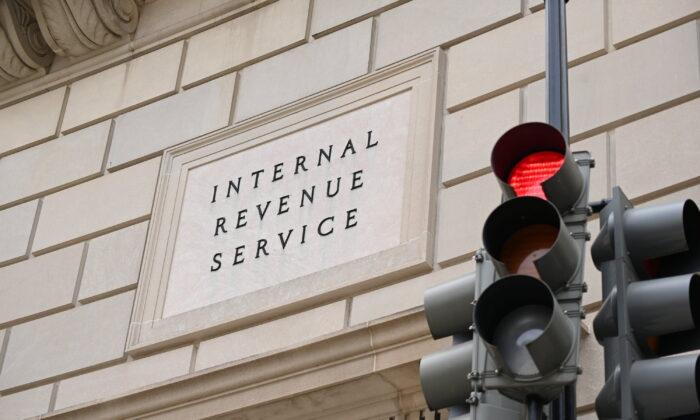“Filing these documents timely prevents late-filing penalties for employers, helps employees file their income tax returns and prevents tax fraud,” the IRS said in a statement.
Filing W-2 forms and other wage statements by the deadline helps prevent tax fraud by providing the IRS with accurate information about taxpayers’ income and employment. By having access to this information before tax returns are filed, the IRS can quickly verify the information reported on individual tax returns and identify and prevent fraudsters from using stolen personal information to file fraudulent returns and receive fraudulent refunds.
Further, workers must be “furnished” copies B, C, and 2 of Form W-2 by the Jan. 31 deadline, with businesses meeting that requirement if the form is mailed on or before the due date.
Tax Return Fraud
Scammers often wait for the Jan. 31 deadline for W-2 filings to pass before submitting fraudulent tax refund forms. They do that in part because they hope the IRS will have less time to verify the information on the returns, increasing the chances that the criminals will receive fraudulent refunds before the agency is able to detect the fraud. Fraudsters also gather and use personal information from W-2 forms that may have been lost or stolen in order to file fraudulent returns.Tax return scams typically involve a stolen Social Security number (SSN), as this is the number used to identify taxpayers. Accordingly, the IRS recommends that taxpayers not disclose their SSN carelessly.
Taxpayers may not know they’ve fallen victim to identity theft until they’re notified by the IRS of a possible issue with their return or if they can’t e-file their tax return because of a duplicate SSN.
Another sign that could alert taxpayers that scammers have filed a fraudulent tax return using their stolen identity is receiving a tax transcript in the mail that they didn’t request.
“If you suspect you are a victim of identity theft, continue to pay your taxes and file your tax return, even if you must file a paper return,” the IRS recommends.





